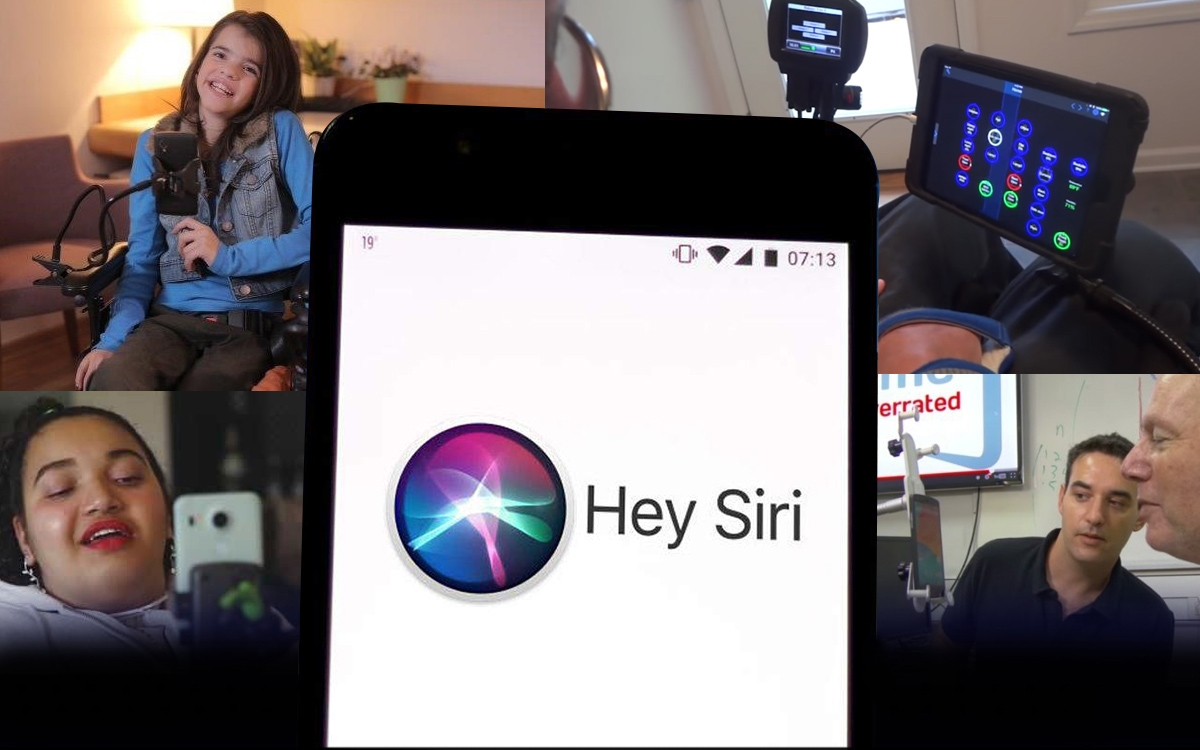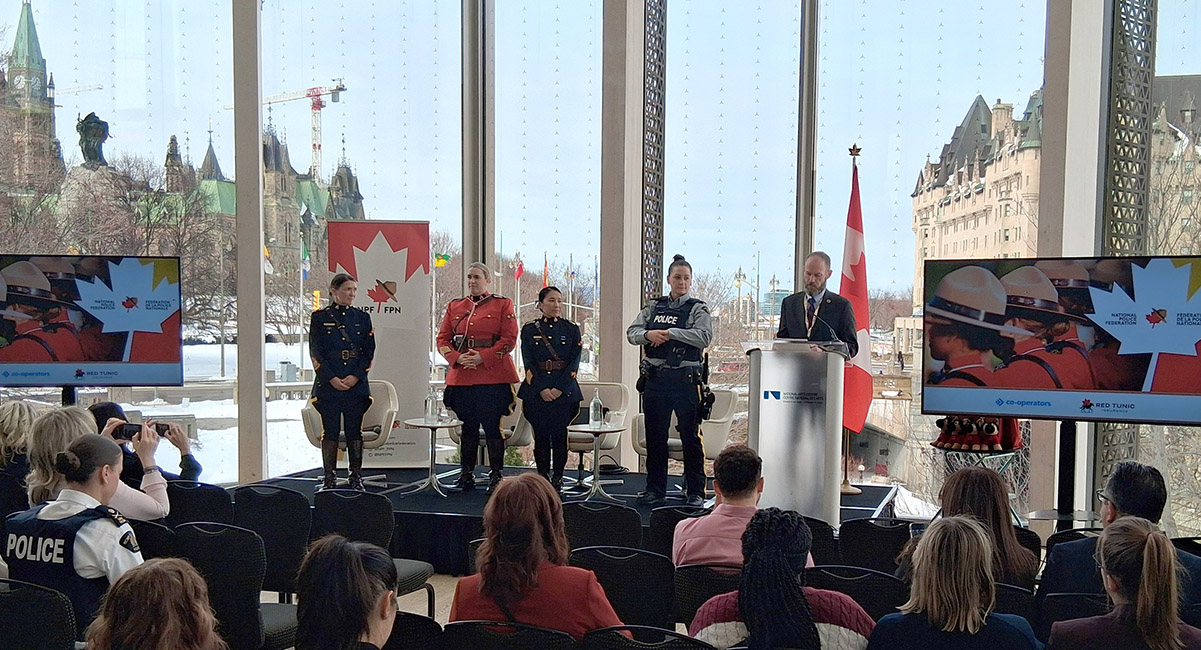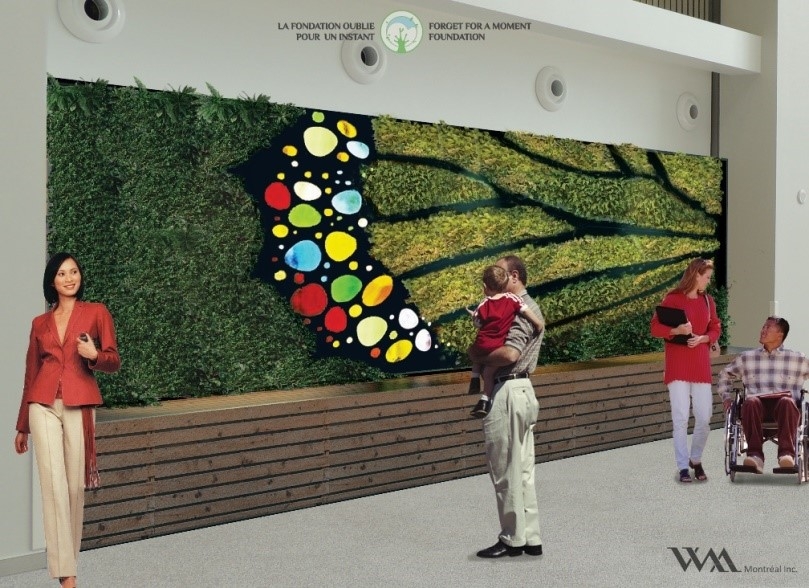
Adaptive Technology: Making life easier in a world driven by technology
Technology plays an integral part in our lives. Everything from smart cars, watches, phones, tablets, computers, and other devices used to make our lives easier, keep us connected and informed. Let’s face it, without technology, and you wouldn’t be reading this right now, at least not online. For many, it can seem pretty easy to access your device. With a push of a button, you’re instantly connected with the world, or with a loved one. For others, particularly those with a disability, it’s not always that easy.
To make it possible for people with disabilities to achieve that same level, many rely on adaptive technology. Adaptive technology can be used in several ways. An important thing to consider is the numerous ways that a person’s disability can affect them and their way of life. There, determine how existing technology can be adapted to suit their needs and make life easier.
An example of an everyday technology that many people use and may not be aware of originated as adaptive technology is voice command. If you use Siri, or openly say “Ok Google,” you’re using a small part of adaptive technology. That same voice command system is also used by those that are physically unable to type. That is just a tiny example of adaptive technology, and quite frankly, probably one of the easiest and relatively inexpensive forms. What happens if you’re non-verbal, or like me has a voice which is hard to understand?
One of the most often questions that I get asked online is, how do I type?
Before I answer that, I’ll need to describe how I drive my chair.
I have a tray to put my arms on when I’m sitting. On my tray, I have five switches that control my chair. On the left side, there are two buttons. One that makes my chair turn left, and the other makes it turn right. On the right side of me, there’s a forward button, a backwards button, and a mode button. The mode button allows me to change the speed, as well as control something else. For example, some choose to use it to manage their lights at home. For me, I use it as a way to control the mouse.
When I’m home, I use a Mac desktop computer. I’m physically unable to use a regular mouse, so I use a Magic Trackpad made by Apple. On my screen, there’s an onscreen keyboard that came built-in as part of Apple’s operating system. Along with the Trackpad, I use the same buttons that I use to drive my powered chair to help me control the mouse. In the back of my computer, there’s a USB adaptor. When I push mode twice, I’m then able to go through the USB plug-in and use my chair to maneuver the mouse. I mainly use my trackpad to click the letters on the on-screen keyboard, and anything else. Long story short, I use a regular Trackpad, a USB adaptor, my wheelchair controls, and both hands anytime that I type.
As for a cellphone, I have one, but I’m physically unable to use it. For me to use my phone, someone needs to operate it while I direct them. When I do use it, it’s mainly for “just in case” or for me to listen to music or podcasts when I’m out.
Adaptive technology can also be used for visually impaired people, have a spinal cord injury or a traumatic brain injury.
For some, their head’s slight movement can move a joystick, which can move their chair. It can also be a slight finger or toe wiggle, or even just with their breath. Adaptive technology can open up a whole new world of independence and a way for people with disabilities to communicate.
Technology has certainly come a long way since I was born. For those who follow me on Social Media, you know that I’m getting a new wheelchair soon. My first few appointments are to make sure that I’ll be comfortable while sitting. I typically sit in my wheelchair for 15-16 hours a day, so I must be comfortable sitting that long.
My next set of appointments will be regarding the technology aspect. With my new chair, I’ll be able to tilt my seat back, as well as raise it. That means that I’ll be able to be at eye level with some people, look at things on higher shelves, and hopefully see better at concerts, and much more. I’m very excited to see where technology takes us.
Either way, it’ll be a fun and exciting ride.
I hope you’ll all continue to stay and enjoy the ride with me.








